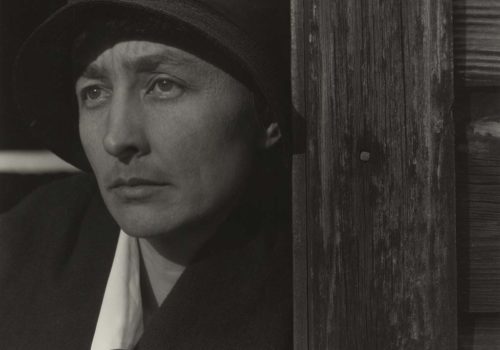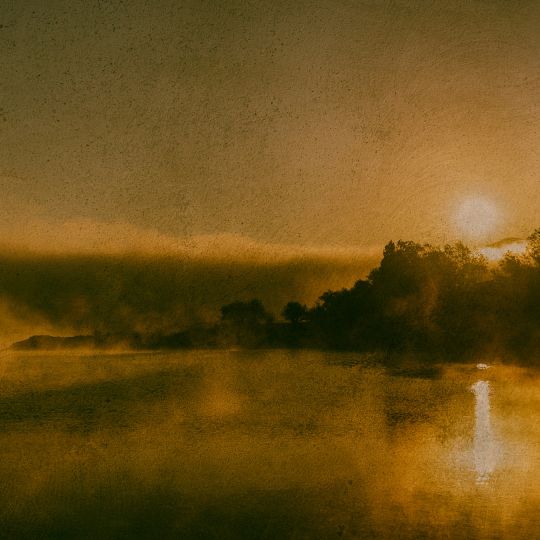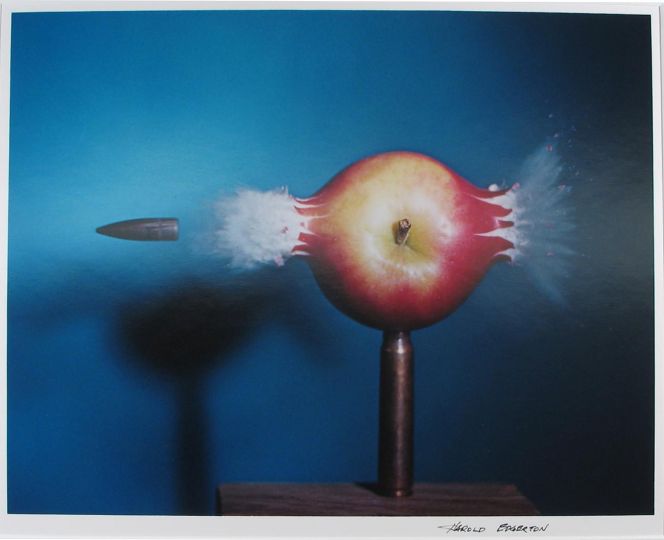With the first monograph in France dedicated to to the American painter Georgia O’Keeffe, the exhibition at the Musée de Grenoble retraces the career of an icon of American art. From her first works in New York to her settling in New Mexico in 1949, O’Keeffe was strongly influenced by modern photography. To give an account of this, the exhibition sets up a dialogue between the paintings and the images of her photographer friends, that form a set of eighty works drawn from fifteen international museums.
Georgia O’Keeffe has a special place in the American art context. Her eminently recognizable paintings have a distinctive immediacy, due to the sensuality of their colours and the clarity of the motifs which lodge emphatically in the memory. The power of these images, which question the visible, has to do with the confusion created by enigmatic forms, often wavering between abstraction and figuration. In the 1920s, the artist came to notice through paintings of flowers and buildings, imbued with photographic realism. She then assimilated the precisionist aesthetics of the painters in the Stieglitz circle—Arthur Dove, John Marin, Charles Demuth and Marsden Hartley—and duly produced a unique formal repertory, deeply marked by her life in the New Mexico desert. In the 1960s, in spiritual communion with her southwest environment, O’Keeffe painted abstract compositions, whose formal purity and tonal sensuality echoed the works of Mark Rothko, Ellsworth Kelly and Agnes Martin.
Born in 1887, in Sun Prairie, Wisconsin, at a very early age O’Keeffe developed a personal body of work inspired by the endless plains of Texas and marked by the arabesques of Art Nouveau. After her meeting with the photographer Alfred Stieglitz, champion of the avant-gardes, she settled in New York in 1918 and devoted her time entirely to her work. As the photographer’s muse and then wife, in 1924 O’Keeffe discovered the European avant-garde at the 291 Gallery, and spent time with the Stieglitz circle.
As the outcome of her powerful individualistic personality, her unique oeuvre found its sources in nature. Somewhere between abstraction and figuration, her work developed in series, based on a resolutely modernist stance. Her compositions came about above all from her observation of the world. First it was the skies of Texas, the mountains of Lake George, the buildings of New York, and flowers. In 1929, the artist chose to spend her summers in Santa Fe, before moving permanently to New Mexico in 1949. From then on she lived in close communion with nature, relishing the solitude of those wide open spaces, and going on drives through the desert. That experience drew out new subjects: vernacular architecture. canyons, bones, skies and rivers.
Throughout her career, O’Keeffe paid close attention to the developments of modern photography. The photographic vision that she adopted partly explains the strength of her images. So staking out the exhibition circuit, over and above the famous photos taken by Stieglitz, who was the first to grasp the artist’s beauty, seven photographers who influenced her painted oeuvre, and whom she in turn influenced—Alfred Stieglitz, Paul Strand, Edward Weston, Imogen Cunningham, Ansel Adams, Eliot Porter and Todd Webb—will be on view. With them Georgia O’Keeffe shared not only a common store of motifs but also certain favourite places—New York, New Mexico—which forged their respective ways of looking at the world.
EXPOSITION
Georgia O’Keeffe et ses amis photographes
Jusqu’au 7 féverier 2016
Musée de Grenoble
5, place Lavalette
38000 Grenoble
Téléphone : 04 76 63 44 44
Horaires : tlj sauf le mardi, de 10h à 18h30
Fermé les 1er janvier, 1er mai et 25 décembre
Commissariat de l’exposition : Guy Tosatto et Sophie Bernard
www.museedegrenoble.fr
















